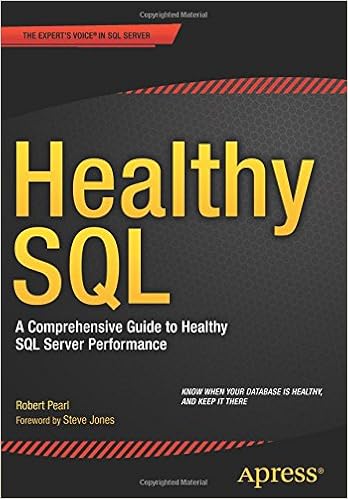People ask me all the time how to become a DBA. This is a topic that so many colleagues of
mine write about, and talk about in their professional development tracks. The more important question is once you “are”
in the role of DBA, what to do next? You
inherit a bunch of SQL Servers to manage, and your managers tell you “have at
it”. You rack your brain on where to
start, and usually it’s the immediate fires you must fight, and the performance
issues that are thrown at your doorstep.
These issues of the day will take control of your DBA day,
unless you take control of it yourself.
And the way to this is stop being reactive, and start being
proactive. Yes, there are challenges in
achieving this objective, and literally the burning fires will dominate the DBA
docket. But you need to get yourself
into a certain mindset, as you will quickly find yourself spinning your wheels,
and not likely excelling in your DBA career.
The DBA’s success should not be determined by the number of tickets
successfully resolved and closed. If you’re
going to gain satisfaction in your career as a database professional, you will
need to organize yourself, pace yourself, and be able to better manage your SQL
Servers, and your peers, project managers, and higher ups – basically any of
the folks that you need to report to.
The primary objective of the DBA is to ensure that your SQL
Server environment is healthy and secure.
This includes protecting the company’s data, ensure you have recoverable
backups (good backups), and you are aware of and get a jump start on resolving
issues before they are escalated. The
databases are your domain, and therefore, if you are on top of your domain, and
can certifiably demonstrate that you have the SQL Server infrastructure under
control, and can accommodate requests in an orderly and systematic manner, you
can become an exceptional DBA.
Recently, I participated in the TSQLTuesday#70
blog party, and invited by the host to discuss strategies in managing a SQL
Server enterprise, and offered some specific tips, and references in how to get
a handle on your sprawling SQL Server infrastructure. You can click on the highlighted link for
that blog. I discussed managing
multiple SQL Servers and key things you need to do. This included taking an
inventory of your SQL Servers, identifying their properties and configurations,
setting up a central management repository for collecting performance
statistics, and the need to implement an automated monitoring and alert solution,
to stay ahead of the curve.
In addition, as DBA, a big part of your job is ensuring the ongoing
performance health your SQL Server databases. An unhealthy database is not just
an inconvenience; it can bring a business to its knees. And if you are the database
administrator, the health of your SQL Server implementation can be a direct
reflection on you. It's in everyone's best interest to have a healthy SQL
implementation. So, if you are looking for a comprehensive guide to healthy SQL
Server performance, my book HealthySQL
will help you in meeting these essential goals.
Talks, tips, scripts, tools, references, links, whitepapers and strategies
will help organize your DBA day, and achieve #HealthySQL, as well as a
successful database professional career.
And of
course, if anyone is interested in learning more about my book Healthy SQL – A
Comprehensive Guide to Healthy SQL Server Performance, published by Apress, you can go to the url:
 http://bit.ly/orderHealthySQLnow
http://bit.ly/orderHealthySQLnow
You can also
get the book on Amazon: http://bit.ly/HealthySQLonAmazon
For all
things SQL, news, events, jobs, info, and other fun tweets, follow me on
twitter @Pearlknows and join the #HealthySQL campaign to
keep your SQL Servers healthy!


